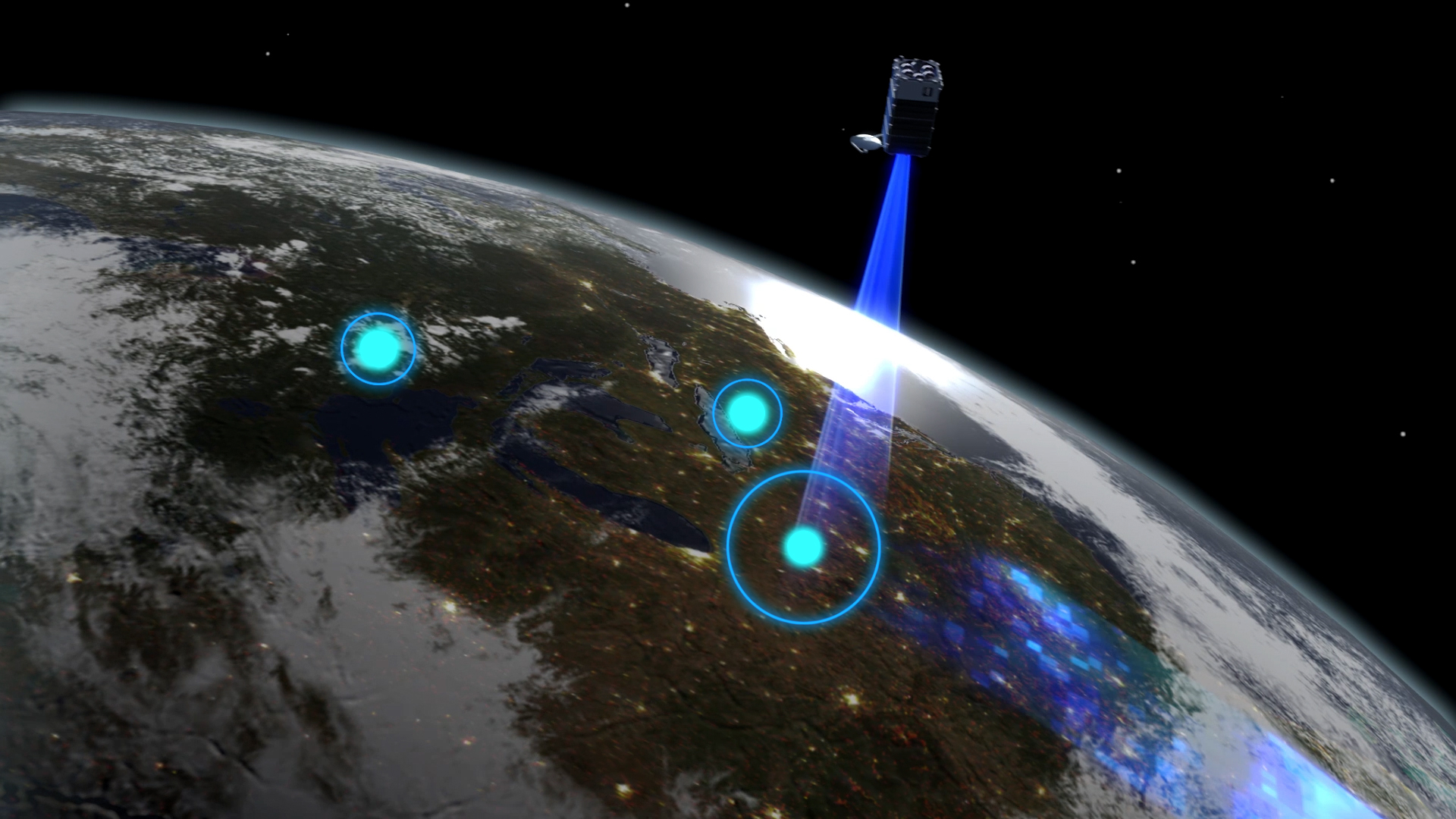Mission control for an international space mission to locate and measure global methane emissions will be based in New Zealand.
The Government is investing $26 million in a project run by the Environmental Defense Fund to locate and measure methane from human sources worldwide, Dr Megan Woods, Minister for Research, Science and Innovation, announced today.
While the Fund’s initial priority is to collect emissions data from the oil and gas industry, the Government will investigate the possibility of New Zealand using the data to lead an agricultural science component of the mission, Minister Woods said at the launch.
The state-of-the-art satellite – MethaneSAT – is scheduled to launch in 2022 and the location of the New Zealand-based mission control centre will be announced in coming months.
The SMC asked experts to comment on the announcement.
Dr Nicholas James Rattenbury, Te Pūnaha Ātea — Auckland Space Institute, The University of Auckland, comments:
“New Zealand’s contribution to the MethaneSAT mission an example of how our nation can turn its intellectual and technical resources to serve world-wide environmental and sustainability goals. I look forward to showcasing what we can do as a space-faring nation, providing support for MethaneSAT and other international and domestic missions.
“Interest and capacity in utilising space for science and research has long lain latent in this country. We have the opportunity now to show the world that we can engage with the international space-faring community to further our science and technological research programmes for peaceful purposes. By supporting MethaneSAT, New Zealand is clearly indicating its intention to take advantage of the opportunities granted us by our new access to and interest in space science and engineering, to further our understanding of how our climate is changing.”
No conflict of interest.
Dr Sara Mikaloff-Fletcher, Atmosphere-Ocean Scientist, NIWA, comments:
“MethaneSat is the most exciting greenhouse gas detecting satellite planned in the near future, because it has tremendous potential to directly support emissions reductions. The primary goal of the satellite is to detect methane that is accidentally leaked into the atmosphere from oil and natural gas production, processing, and transportation. Fixing these leaks is usually economically beneficial and therefore companies are doubly motivated to address them, both for the environment and for their own bottom line.
“Here in New Zealand, the lion’s share of methane emissions is from agriculture rather than the fossil fuel leaks the satellite is designed to detect. Yet the data from this satellite will be a tremendous asset to our effort to detect agricultural methane emissions from a network of atmospheric greenhouse gas observing sites, which is part of the CarbonWatch-NZ research programme. The high-resolution maps available through MethaneSat will complement our surface measurements, which are more sensitive to emissions at the surface and have more information about methane changes with time than satellite data.
“Likewise, New Zealand’s atmospheric measurements will underpin the MethaneSat data. NIWA’s atmospheric observing site at Lauder has a Total Column Carbon Observing Network (TCCON) site, which is crucial for calibrating and validating greenhouse gas measurements from a range of satellites, including upcoming measurements from the MethaneSat mission. The Lauder site is the only TCCON site that observes clean Southern Hemisphere air and the second longest-running TCCON site in the world, so it is particularly valuable to the satellite greenhouse gas measurements community.
“Methane is a much more potent greenhouse gas in the atmosphere than carbon dioxide, so there are significant immediate climate benefits to reducing methane emissions. However, eliminating carbon dioxide emissions must remain at the heart of any long-term strategy to slow climate change due to the long lifetime of carbon dioxide and its abundance in the atmosphere.”
No conflict of interest.
Professor Richard Easther, Professor of Physics (and Head of Department), University of Auckland, comments:
“This is an enormously exciting announcement.
“Methane is a critical greenhouse gas and fully understanding its origins and atmospheric dynamics will be key to addressing climate change.
“Maybe just as importantly, this mission is also what will hopefully be the first of a number of contributions New Zealand can make to major international space science projects, as a consequence of New Zealand’s growing space capability.
“Beyond the specific outcomes from the mission, engaging in this project will undoubtedly build New Zealand’s capacity to contribute, develop and lead space missions. This is a significant step towards building a space programme that will contribute to New Zealand’s economic and scientific future.”
No conflict of interest.
Dr Duncan Steel, Principal Research Scientist, Xerra Earth Observation Institute, comments:
“Whilst people imagine that space is all about satellites and rockets, in fact, the trillion-dollar space industry largely involves activities on the ground. Having satellite mission control in New Zealand is an obvious example of that. This will also be inspirational for younger people as it shows them you don’t have to move elsewhere to be directly involved in space research.
“A special thing about New Zealand, which is often overlooked, is our longitude as well as our southern latitude. Satellites passing over Europe travel over New Zealand ground stations 45 or 50 minutes later – so data download to New Zealand makes sense! Plus there is nothing east of us until Chile. We could and should be a cross-roads for dumping down satellite data.”
